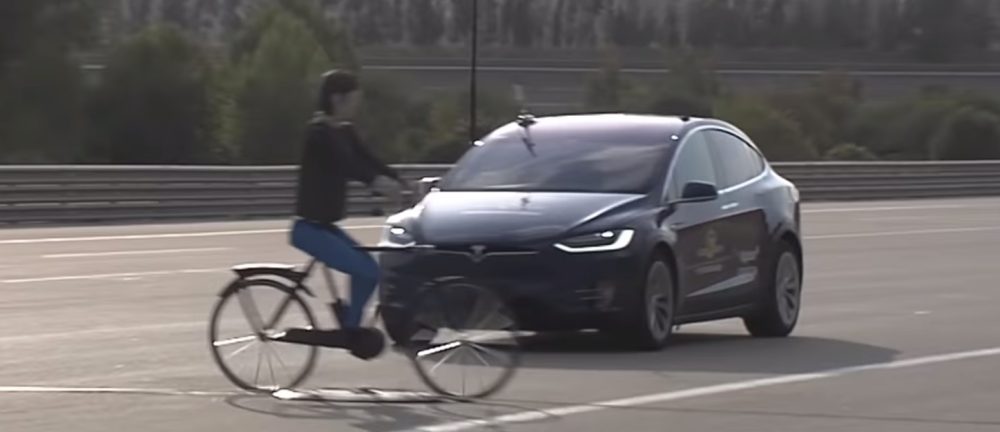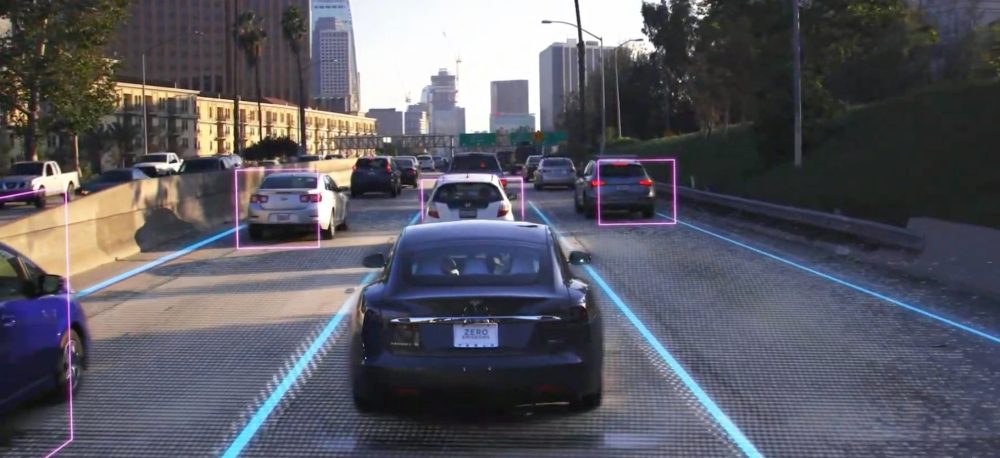
Tesla’s new Model 3 and Model Y vehicles with Tesla Vision and no radar are still equipped with Autopilot’s active safety features despite what the media are saying and some organizations dropping their Tesla safety ratings.
Here’s what happened.
Earlier this week, Tesla announced the transition to its “Tesla Vision” Autopilot without radar, and it warned that it would result in limitations of some Autopilot features at first.
Tesla only mentioned limitations for Autosteer and Smart Summon and not any of the important active safety features that are powered by Tesla’s Autopilot, like forward collision warning and automatic emergency braking.
Yet, a questionable report led people to believe that Tesla’s new vehicles without radar don’t have the features, and it even led to some organizations dropping safety ratings on Model 3 and Model Y vehicles.
As we reported yesterday, it originated from Reuters reporting that NHTSA was briefed by Tesla about the change and then updated its website to remove active safety features as standard on Model 3 and Model Y vehicles.
The report alluded that those vehicles were not being equipped with those features anymore despite also stating that the agency said it “only includes check marks for the model production range for the vehicles tested.”
It led us to believe that the safety features might still be there, and NHTSA simply hasn’t tested them yet on the new version of those vehicles, but the damage was already done.

Following the report, Consumer Reports and the Insurance Institute for Highway Safety (IIHS) both pulled their top safety rating picks for Tesla’s Model 3 as they believed the active satey features to be gone.
Jake Fisher, director of auto testing at Consumer Reports, said:
It is extremely rare for an automaker to remove safety features from a vehicle during a production run, even temporarily, but this isn’t the first time that Tesla has done this.
Reuters was quick to share Consumer Reports and IIHS’s reactions to their own report about NHTSA’s update, but the problem is that the active safety features are still in Tesla’s new vehicles without radar.
After our suspicions that this whole thing might be a misunderstanding, we reached Tesla CEO Elon Musk who confirmed that the active safety features are in new cars rolling off the line and NHTSA are going to test them next week.
Musk told Electrek:
Just confirmed with the Autopilot team that these features are active in all cars now, including vision-only. NHTSA automatically removes the check mark for any cars with new hardware until they retest, which is happening next week, but the functionality is actually there.
Some new Tesla owners who have taken deliveries of new Model 3 and Model Y cars without radar yesterday are also confirming that the safety features are active.
Musk added that he believers the safety features will improve with Tesla’s new pure vision solution:
It will have all the safety features of prior vision+radar and then some. The software should be fully rolled out to all new vehicles within two weeks. The probability of safety will be higher with pure vision than vision+radar, not lower. Vision has become so good that radar actually reduces signal/noise.
Tesla is expected to start rolling out its new version of its Tesla Vision software to the fleet in two weeks – leading to the release of its Full Self-Driving v9 beta software.

Electrek’s Take
It looks like this was just a bad game of telephone that resulted in both Consumer Reports and IIHS dropping their safety ratings on Model 3.
Since they did that without testing whether the new version had the safety features, let’s see if they reinstate it without testing either.
It goes to show that you need to be careful how to interpret media reports.
NHTSA never actually said that the new vehicles weren’t equipped with those features, and I wouldn’t be surprised if they explicitly said that to Reuters since they did note that they remove the checkmarks when they haven’t been able to test it.
Yet the publication still made it vague in their original report, and then they were quick to report on Consumer Reports and IIHS pulling their safety ratings based on the assumption that the safety features were gone, which was in turn based on their own reporting.
Let’s all try to do better.
Subscribe to Electrek on YouTube for exclusive videos and subscribe to the podcast.
Author: Fred Lambert
Source: Electrek



